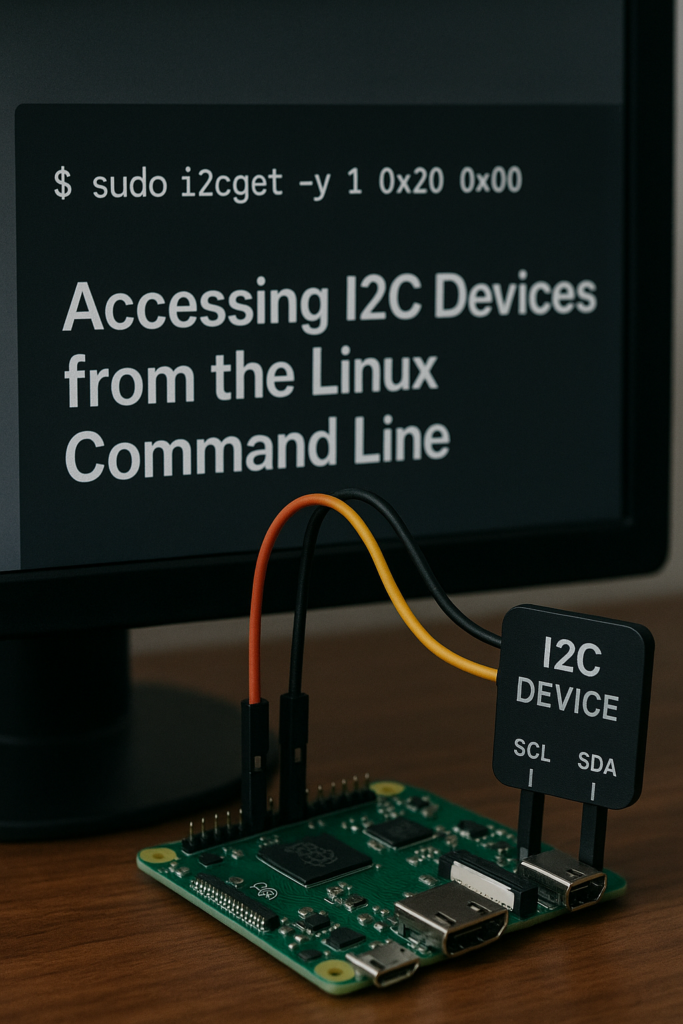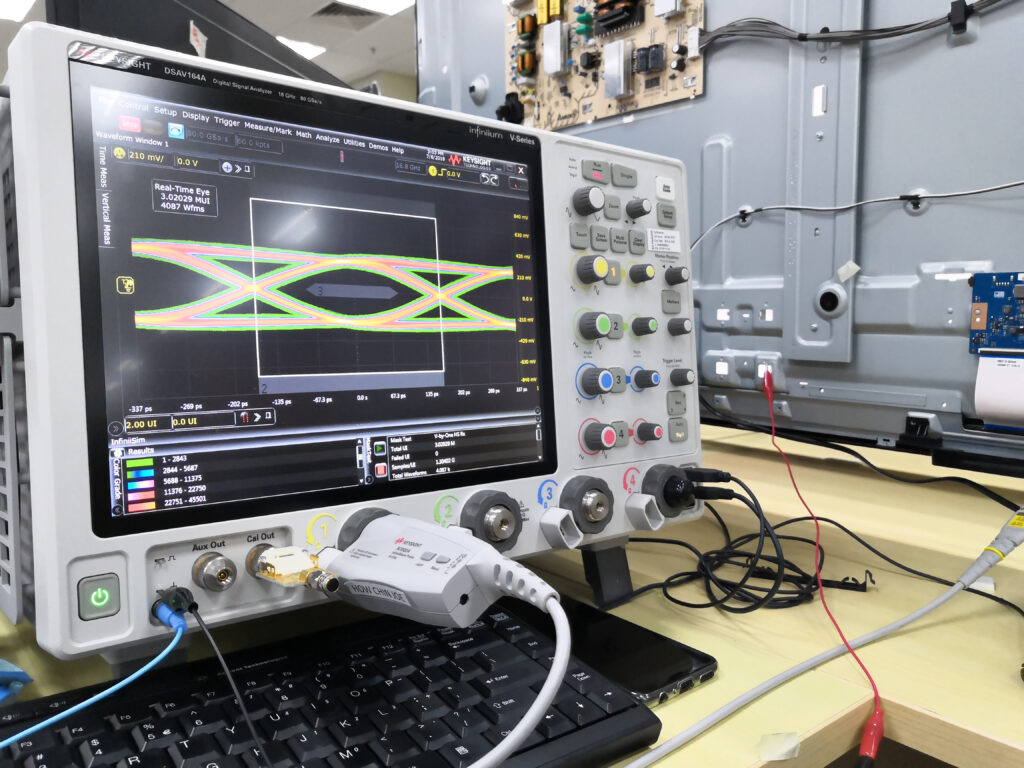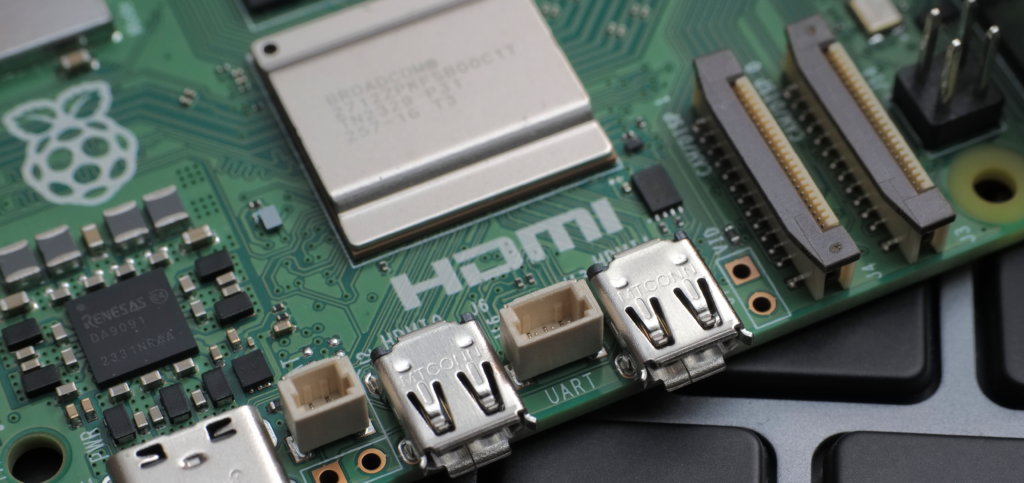Accessing I2C devices from userspace in Linux

In my previous article, we made an improvement to the Hybrid Model. Now, we’ll take a dive into two of its initial stages: Requirements and Design. These initial phases lay the groundwork upon which successful implementation depends.
Zephyr RTOS and its Impact on IoT

In my previous article, we made an improvement to the Hybrid Model. Now, we’ll take a dive into two of its initial stages: Requirements and Design. These initial phases lay the groundwork upon which successful implementation depends.
Customer Needs to Implementation: Building a Strong Foundation for Success

In my previous article, we made an improvement to the Hybrid Model. Now, we’ll take a dive into two of its initial stages: Requirements and Design. These initial phases lay the groundwork upon which successful implementation depends.
PCB Signal Integrity and Board-Level Simulation

The speed and density of modern electronics is steadily increasing, and while these impressive leaps in technology should allow us to increasingly be able to answer “yes” when asked the question “but does it run Crysis?”, it also means that designers must take greater care when laying out their PCBs – if they want their […]
Enforcing Style Conventions – Git Hooks

Code and style conventions are crucial in team projects and across a company because they promote consistency, making the code easier to read, understand, and maintain. Conventions facilitate smoother on boarding of new developers and enable better collaboration.
The Hybrid model — broken-by-design

REMIS changes how ships are detected from space. Instead of sending all satellite images to Earth for analysis, REMIS processes and selects relevant images directly onboard the satellite. This reduces detection time from days to just hours, making maritime monitoring faster and more efficient.
REMIS Project: Accelerating Ship Detection Using AI in Space

REMIS changes how ships are detected from space. Instead of sending all satellite images to Earth for analysis, REMIS processes and selects relevant images directly onboard the satellite. This reduces detection time from days to just hours, making maritime monitoring faster and more efficient.
Bergen: FPGA-meetup & Guest Lecture

Hello Bergen!
We’re excited to invite you to Høgskulen på Vestlandet (HVL) Kronstad for an inspiring day with a guest lecture by our CEO, Espen Tallaksen, followed by an FPGA meetup featuring engaging presentations and networking.
Step by step: Thermal Management

Electronics produce heat, and without proper management, this heat can break your components.
In this article we will take a look at the Raspberry Pi 5, to see how the thermal management is handled there, but the setup will be pretty similar between all devices.
Linux Drivers – Getting started with GPIO on Raspberry Pi 5

Explore how asynchronous programming in Rust and the Embassy executor simplify embedded development. Boost efficiency with event-driven tasks!